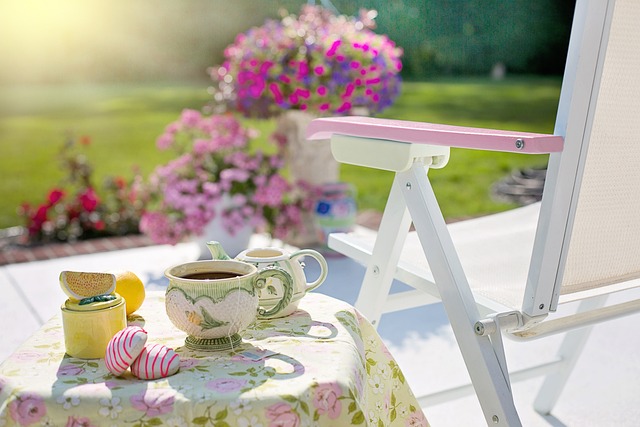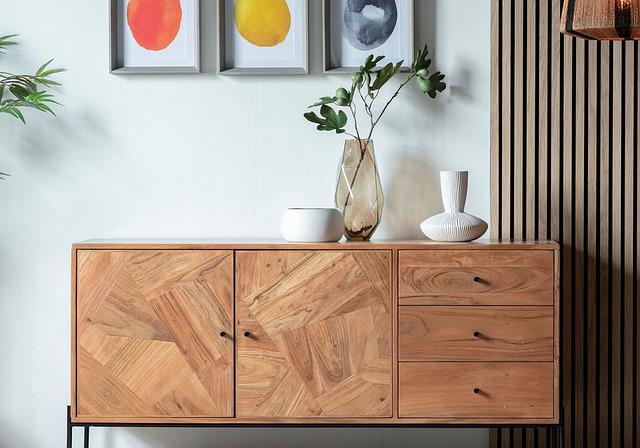Expanding out to the back, front, or side of your home can create more space for your family and friends. You can also create a basement extension.
This is a lovely dream, but when money is tight, and you’re worried about the expense of extension work or you’re having trouble sleeping because you don’t know how to pay for it, it can be difficult to complete house expansion projects or create complex addition ideas on a low budget.

Here we will go through different ways to extend your home on a budget. So, if you want to extend your home without spending much money, read our blog.
Have An Idea Of What You Want
Decide on the type of house extension you desire before speaking with builders. Fresh kitchen? Additional rooms? A personal office, perhaps a different living room? Whatever you decide, list the characteristics you want in your home addition and mention any unique elements that are distinctive to your house.
Doing this lets, you approach a builder knowing exactly what to ask for. As a result, they can provide you with a more realistic price estimate, and you won’t be pressured into building a more expensive extension than you need.
Build A Porch
While we often think of ideas for side or back extensions, there are solutions for front extensions that can open up possibilities for adding a porch. This kind of addition is frequently the most underappreciated because, although lacking a fancy renovated kitchen, it can completely alter how the home provides for its occupants.
Porch building costs are a lot cheaper than building a side extension. It’s an excellent option to increase your property’s size while enhancing protection. Also, it provides a convenient spot to store items like shoes and coats inside and outside the house and is an ideal way to let light into the room.
Increase Storage Space
This is a great way of expanding your home on a budget. Eliminating old clutter can free up space, which can be used to build shelves and cabinets. To identify excess space that can be exploited to raise the value of your property, you should be very familiar with the layout of your home.
A Single-Storey Extension
A single-storey extension is frequently the most cost-effective and useful choice for homes. By enabling more natural light and living space, it can completely change the look of your house. The best thing about a single-storey extension is that it offers options for every price range. Think of adding roof lighting and glass doors. They will add a ton of natural light and make way for a kitchen or an additional bedroom.
Utilise A Side Return
Many semi-detached homes include a narrow side tunnel frequently used as a storage area for bicycles, gardening tools, and bins. You can get much-needed extra space by extending your home across this apparent restricted area without causing too much disruption.
Make Use Of The Roof Space
Expanding your home by building on the roof makes perfect sense if you reside in a bungalow or a top-floor apartment. First, you can design a place flooded with beautiful natural light using glass-based roof extensions. Then, depending on your needs, you can use this area as a study, an extra bedroom, or a living room.
Make The Garden Accessible
One inexpensive home extension concept is to install glass doors in place of the kitchen’s existing walls. You may enter and exit the garden directly through the huge, glazed door, incorporating it into your home. Also, it will be a fantastic area for entertaining visitors.
Add A Conservatory To Increase Your Outside Area
A conservatory expansion typically used to grow plants can be transformed into the appropriate place to add a dining room or living area. What’s best? The approved development of a house includes a conservatory. So, obtaining a permit is fine for you too.
Order Off-The-Shelf Products
You should use standard-size products for features like doors, windows, decking, and lighting. Your budget can quickly increase if you have to purchase unique items. Also, using off-the-shelf products will reduce maintenance expenses if you need to fix them later or replace anything.
Additions To The Kitchen
The kitchen has a prominent place in your house. An extremely small kitchen can be expanded with the help of an addition. Increased breadth ensures a superior layout with more seating and dining areas. The addition should have a fairly traditional style to avoid redesigning the kitchen again. As a result, this kind of inexpensive addition raises the value of your house.
Convert Your Loft
Contrary to popular belief, building house additions on the side of your property is unnecessary. Why would you want to expand outwards when you could extend upwards for less money? Because they use existing space in the house, loft conversions are a great low-cost extension idea.
Because you aren’t changing the property’s square footage when you convert your loft, you may only need to apply for planning permission in a few circumstances. This aids in further lowering project costs. If you choose to convert your loft, one thing to remember is to ensure you follow all applicable building rules.
Expand Your Garage
Adding on to your garage is an inexpensive home addition idea. Modern garages already contain electrical and plumbing hookups, making converting them into additional living rooms (and your budget) easy.
Consider extending the out above your garage to make a double-height garage extension if your budget allows it. Because you’re using space that already exists in your home, garage expansions can usually be completed on a cheap budget.
Adding A Second Bedroom
A home’s worth has traditionally been determined by its number of bedrooms. As a result, you should add a second bedroom. However, you may not have enough room. In that case, you can create a basic extension by knocking down and adding new walls to the older and existing bedrooms. After a loft conversion, you should have enough space to build a second bedroom. You can change your floor layout if none of these choices is ideal.






